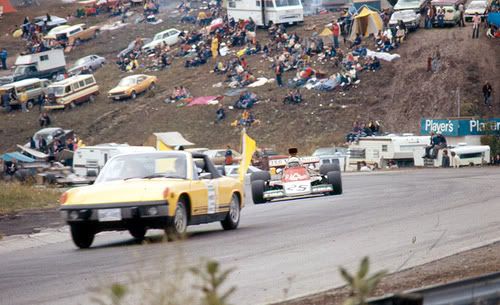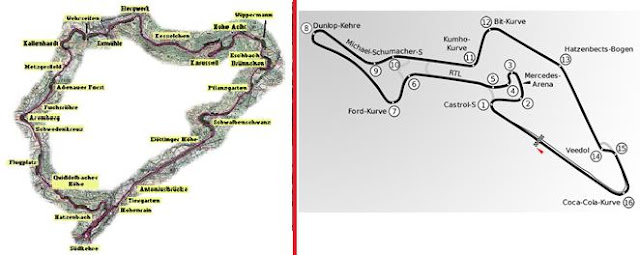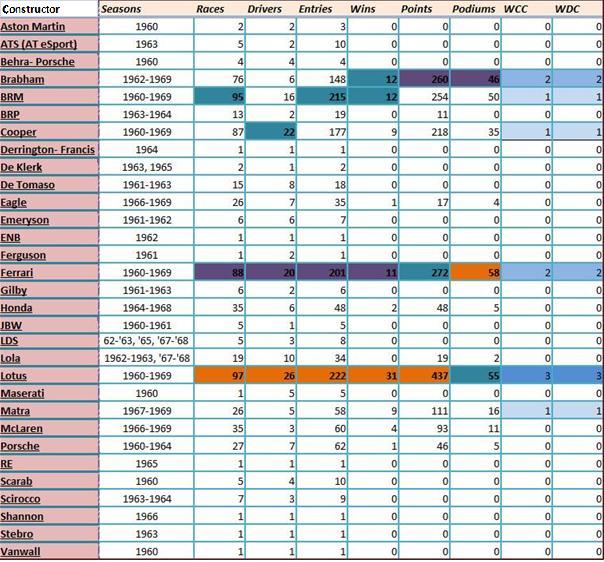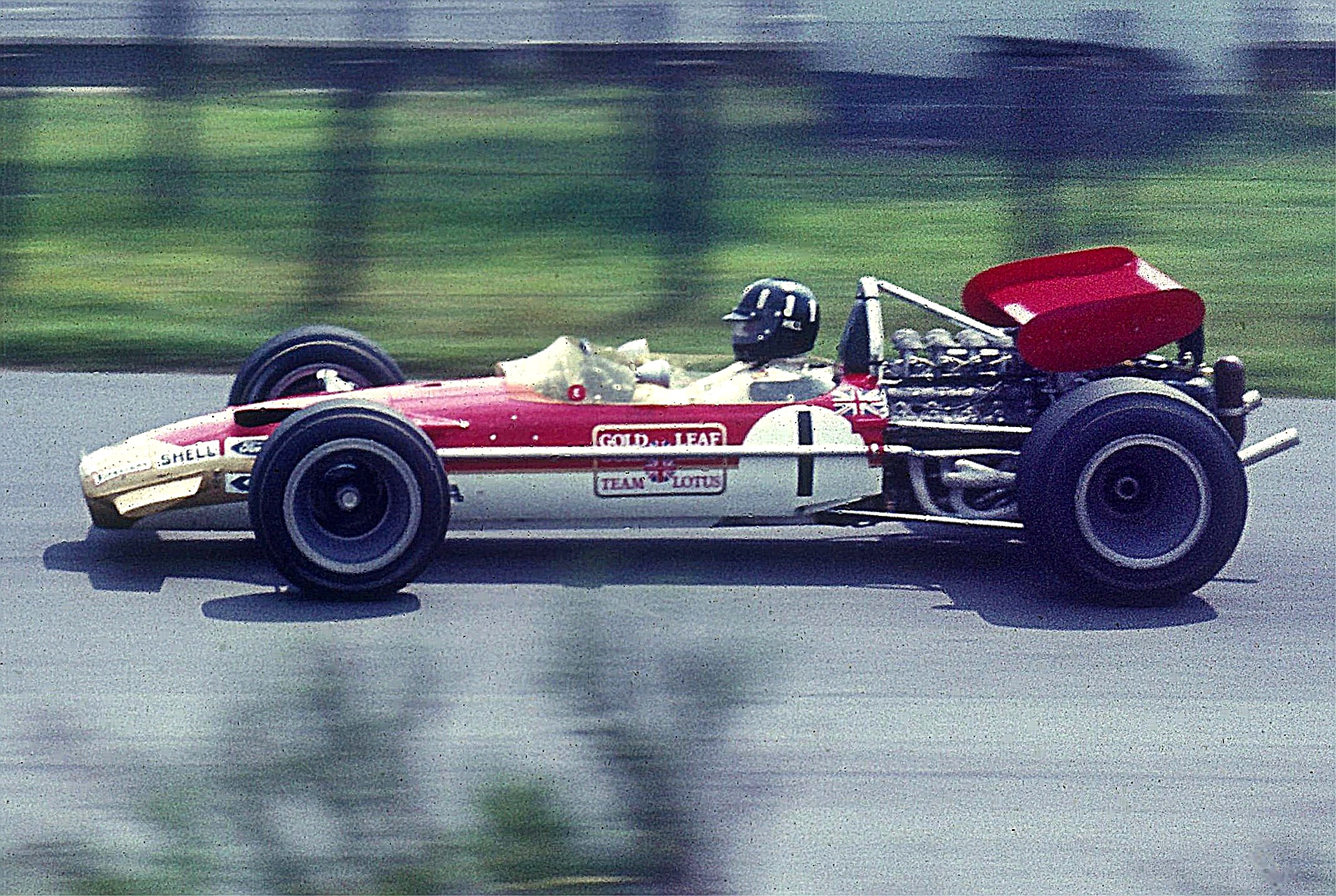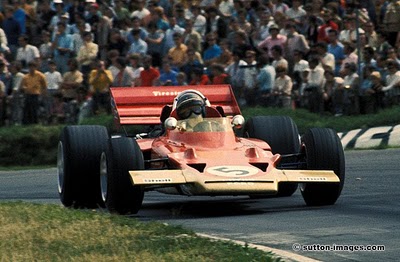
Together from 1969 till 1970
Rindt and Chapman had a relationship fraught
until Rindt was a crash casualty
With many victories the relationship had bought
Pointless in the first 2 races
Rindt was victorious in 5 of the next 6 races
Starting from Monaco till Germany
Save for Belgium, it sounds so many
A retirement later at Austria
Lead to death in practice at Monza
3 deaths it was during this phase
Causing the F1 fraternity to go into mourning again
Just 4 points in the first half of season
Ickx was rejuvenated in latter half of season
But this wasn't sufficient reason
To put an end to Rindt's maiden title season
Adding credence to the then new buzz
Rindt was the first man awarded posthumous
This was Lotus-Ford's second title in 2 years
But perhaps it wasn't sufficient reason to celebrate with beers
claim token YAJ49RSJ9N4M




